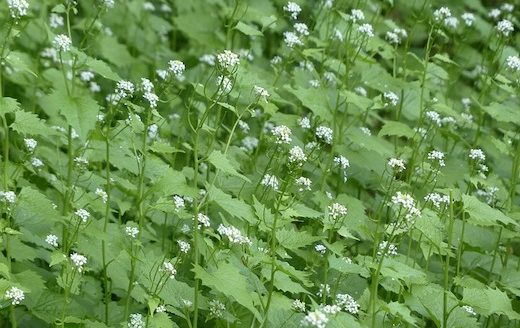High-oil peanuts could bring sustainable options to the Southern Plains
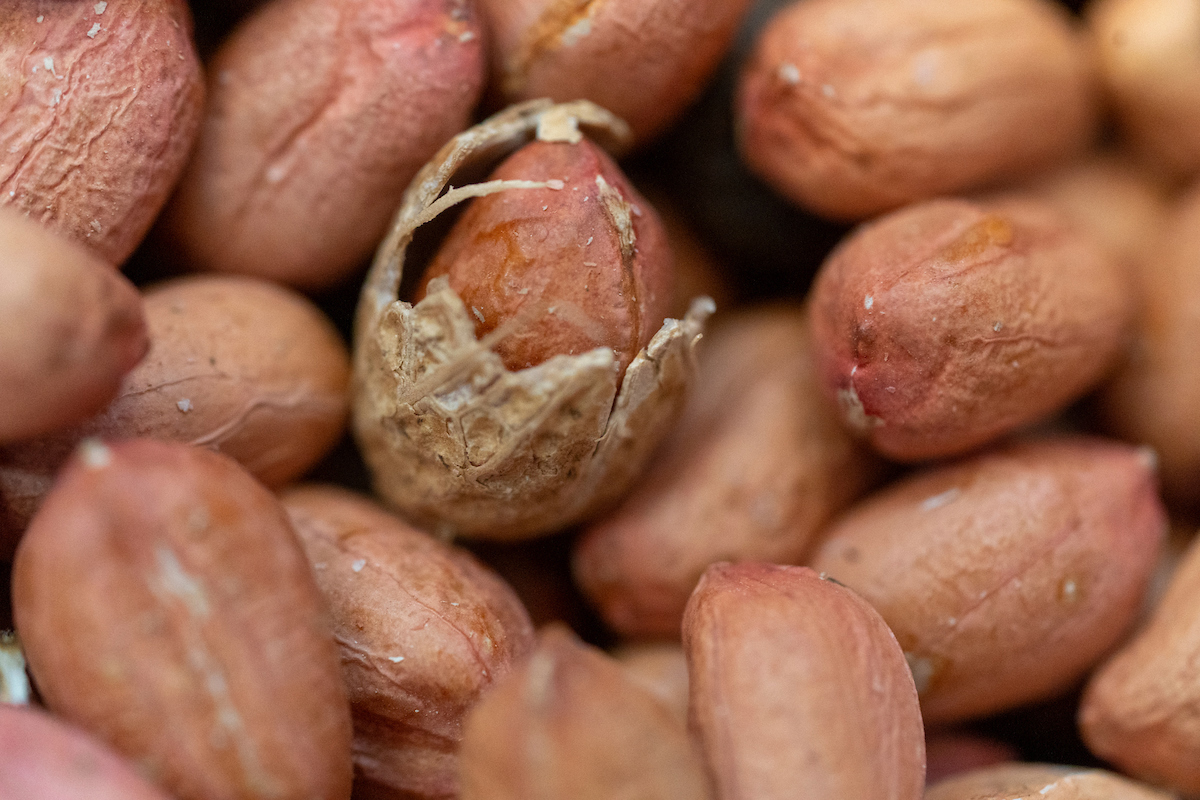
There is more to a peanut than the delights of a peanut butter and jelly sandwich or a Snickers bar. The peanut oil market is a $10 billion industry that the United States has not attempted to crack open, until now. A Texas A&M AgriLife research team is developing high-oil peanut cultivars, which are expected to expand peanut acres and markets.
Three years ago, the Chevron Corporation began a joint project with Texas A&M to explore peanut oil as a source of low-carbon fuel. The team was awarded a $499,000 grant by the U.S. Department of Agriculture National Institute for Food and Agriculture.
The idea to use peanut oil for renewable fuel made peanut industry leaders ponder the question of why the U.S. has not been crushing peanuts for cooking oil. John Cason, peanut breeder at Texas A&M AgriLife, said the U.S. is a net importer of peanut oil.
Although the U.S. is the fourth largest producer of peanuts in the world, nearly all of the peanut crop is grown for edible consumption, not oil. The edible market includes high-quality peanuts for candy, peanut butter and whole nuts.
“The rest of the world is not concerned about candy,” Cason said. “Cooking oil is the major product they use peanuts for, unless they are eating them raw. Some countries eat peanut butter, but I don’t think it’s anything like it is here in the United States.”
Cason said China is currently the top peanut producing country, cultivating almost 60% of the peanuts in the world—which are mostly crushed for cooking oil. He said peanut oil is a preferred cooking oil for many restaurants and home cooks in the U.S. and around the world.
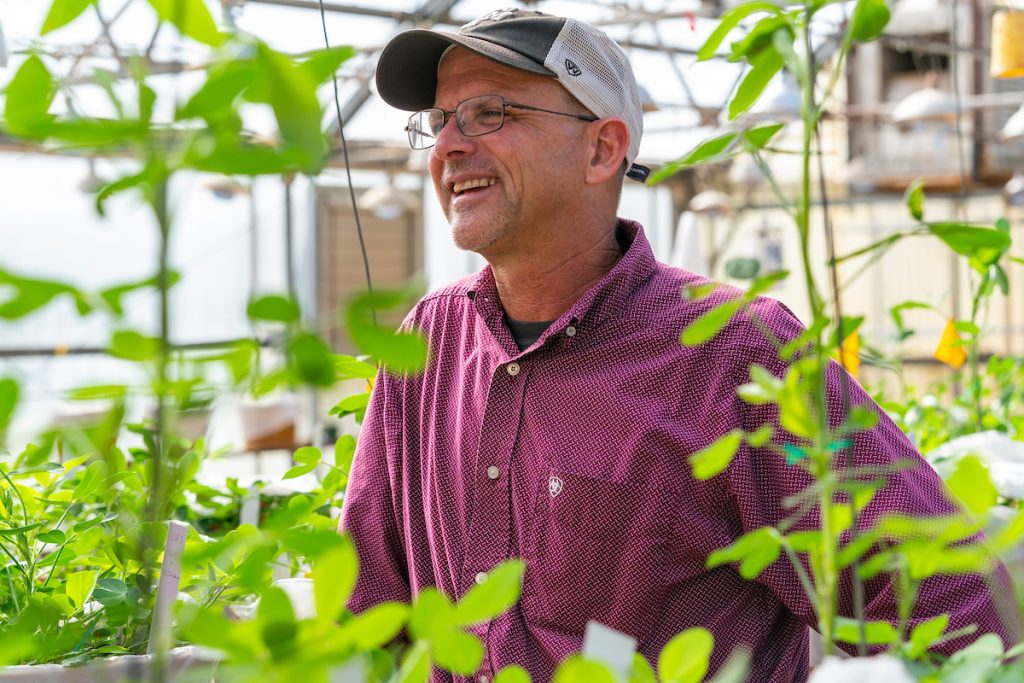
With the development of a high-oil peanut market in the U.S., producers will have another option for a low-input, sustainable legume that can fit into existing rotations in low rainfall areas, like the Southern Plains.
“Ultimately, the value of high-oil peanuts is going to come down to the growers and the buyers having to reach an agreement on what, that price is going to be,” Cason said. “I think it’s going to be lower than an edible peanut price, but you have more flexibility in your production system because you’re not worried about that edible quality.”
Peanut oil as fuel
Cason said it will be years before peanut oil could enter the renewable fuel market. The purpose of Texas A&M’s project with Chevron is to collect data on peanuts and their oil properties to obtain approval from the Environmental Protection Agency for use as biofuels.
“You’ve got to prove to the government that you know this is something that is not going to have a negative impact on the environment and that it would be a good crop to use in renewable fuel markets,” Cason said. “Five to seven years was the target timeline that Chevron gave us when we started the project.”
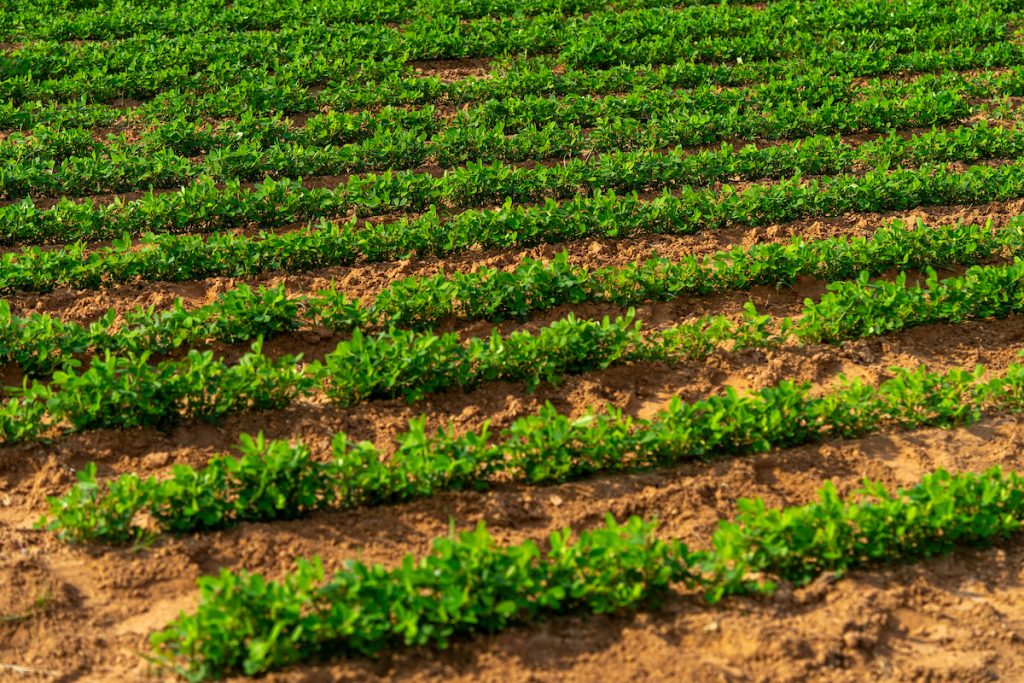
Cason said the first two years of studying peanut oil have yielded positive results, and he has high hopes for its future. He said conventional peanuts contain about 48% oil content versus soybeans, which have 22% oil content.
“Soybeans are the most common oil for renewable fuels, so peanut oil has got to be equal to or better than soybeans,” Cason said. “After the first two years, it looks like peanut oil is going to be better than soybeans on the environment because we can get much more oil per acre.”
Shelly Nutt, executive director of Texas Peanut Producers, said she foresees challenges with lack of infrastructure for a bio-fuel and diesel oil peanut, but she believes if there is value in it, the infrastructure will develop.
High-oil varieties
Cason said the high-oil breeding program has three goals for the new cultivars. The first is to increase the oil content. Cason said the new high-oil varieties will be around 60% oil. Another goal is to improve sustainability through drought tolerance.
“A major goal of this project is to develop a peanut that can produce on less water,” Cason said. “We’re facing the real prospect that in next 20 years, we’re not going to have the water capacity to produce irrigated peanuts.”
Cason said because edible peanuts require a similar amount of water to corn or irrigated cotton, almost 100% of the peanuts grown in Texas are irrigated. By introducing a drought-tolerant, lower quality peanut for crushing, more dryland peanuts can be grown in the Southern Plains.
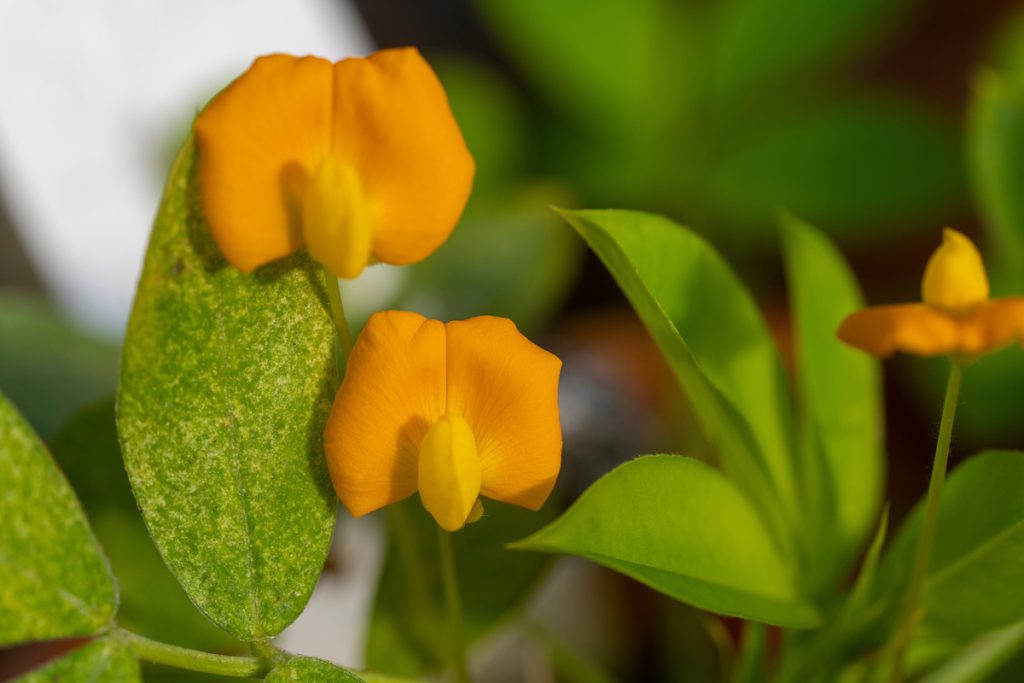
“Irrigation availability continues to be a concern,” Nutt said. “At this point, no matter what a farmer does to conserve water, and trust me, they’re doing all they can, the aquifer is just not replenishing quickly enough to compensate for what’s being pulled out. With this new high-oil peanut, since it’s not going into the edible market, farmers can irrigate less, and if it rains, they may not have to irrigate at all.”
The third target of the breeding program is disease resistance. Cason said peanuts are known for fungal diseases, such leaf spot, Sclerotinia, pod rot and root knot nematode. The new cultivars will include resistance traits for fungal diseases so producers can lower input costs because farmers will not need to apply fungicide.
Who is the target grower?
Cason said the development of a secondary peanut market was not designed to convert edible peanut acres to oil acres. Instead, he hopes dryland, low-input cotton farmers in Texas, specifically, will want to add dryland oil peanuts as a crop rotation.
“We don’t want to affect the edible market,” Cason said. “There are 7 million acres of cotton in Texas, and dryland cotton producers don’t have a good rotational crop. They just plant cotton on cotton, year after year.”
Nutt said the Texas Peanut Producers Board members are optimistic about the potential in this new market.
“Farmers need options,” Nutt said. “If nothing else, peanuts for biofuel and oil could give our growers one more option at planting season,” Nutt said.
Peanuts are legumes and a great rotational partner to cotton since they do not require as much water as edible peanuts.

“Peanuts are nitrogen-fixing so they basically fertilize the soil, which helps subsequent crops,” Nutt said.
Cason said he hopes to add a million acres of high-oil peanuts in Texas alone, with opportunities in similar states.
“With the economic numbers we’ve developed so far, it’s competitive with dryland cotton,” Cason said.
One challenge with growing peanuts is the equipment needed for harvest. Edible peanuts are harvested with a specialty peanut combine, which is a significant investment for cotton farmers looking for a low-input rotational crop.
Cason said the benefit of growing peanuts for oil is that the appearance of the peanut and shell do not factor in like they do with the more cosmetic edible market. More research is required, but he believes there are possibilities to harvest peanut for oil with a traditional combine or by adapting other equipment.
“I’ve been in the peanut industry for almost 30 years, and I tell everybody, this is the most exciting project I’ve ever been a part of,” Cason said. “For Texas agriculture, I think it could be transformative.”
Lacey Vilhauer can be reached at 620-227-1871 or [email protected].
